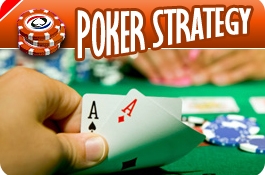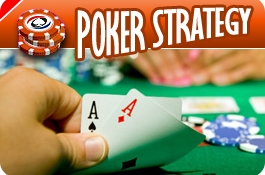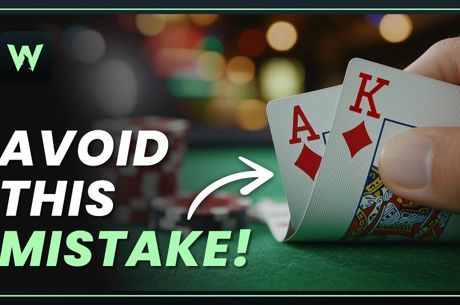Tournament Poker with Jeremiah Smith: To Three-bet or Not to Three-bet

As I was stopping by to check in on Thomas “gnightmoon” Fuller’s table in a WSOP event, he looks back over his shoulder and asked, “So, do you think you can win a tournament without ever reraising?” As I pondered my response, I happened to notice Tom’s good friend and WSOP roommate Jason “TheMasterJ33” at the next table over putting in a third bet from the cutoff preflop.
It was a fascinating juxtaposition. I was sandwiched between two tables whose one seats held two close friends who play completely different styles of poker. Jason is an uber-aggressive online tournament specialist (he’s no slouch in live events either) who has no problem putting a lot of chips into the pot before the flop. Thomas is at the other end of the spectrum, a player who prefers a less risky game of calling in position with his whole range of hands. Jason’s just as likely to reraise you with 7-8 suited as he is A-A. Thomas is just as likely to flat-call you with A-A as he is 7-8 suited.
Which one is correct? Which style is better? Like all things in poker, it depends. Both approaches have a lot of merit. Jason accumulates chips by applying constant pressure and frustrating his opponents into making mistakes. Thomas accumulates chips by using his post-flop skill set to frustrate his opponents into both bluffing off chips and getting it in versus his always-disguised hole cards.
Everyone approaches the game differently; we all know there is no one “correct” way to play. Some people just feel more comfortable defining their opponent’s hand by putting in that reraise. Others feel more comfortable keeping the pot small until they see a flop. It’s not that the gnightmoons of the poker world can’t come back over the top of you holding a couple or rags, or that TheMasterJ33s don’t know how to pronounce “fourth street.” Each player has found a style that they are comfortable with, can be profitable, and works for them. For every successful-Grospellier-three-betting-machine, there’s a winning-Negreanu-calling-station.
Ideally, a player can utilize both strategies to their advantage. It’s all about adding another tool to your poker toolbox, and being able to pull the right one out when it’s time to go to work. Sometimes, the job calls for a sledgehammer. Other situations are better served with a screwdriver. If a player in middle position opens to three times the big blind and gets two callers, it’s not time to get cute with pocket aces in the small blind. Conversely, if you’ve been pounding away on an opponent for a few orbits, it’s probably not a good idea to put in a reraise with the old J-4.
However, it’s not just about the hands you are dealt. Astute opponents will pick up on your tendencies rather quickly and start putting you to the test. I spent a good deal of time playing with Jon “PearlJammer” Turner last summer. He had noticed a tendency I had to flat-call with my big hands preflop and reraise with the marginal ones. A somewhat frisky opponent opened in middle position, and I put in a re-raise in the cutoff. Jon thought for a minute in the small blind before putting in the fourth bet. In one of those “I-know-you-know-that-I-know-what-you-know” moments, I felt like Jon was using that tendency against me. However, given the stack sizes and the situation there just wasn’t much I could do against a player of his caliber, so I wisely folded. A few weeks later, I asked Jon what he had. A big grin came over his face as he told me, “6-4 of hearts.” A great discussion about falling into predictable patterns emerged.
As always, you have to remember to let the game come to you. Just because you see Phil Ivey put in a big re-raise with a piece of cheese on TV doesn’t mean you should. And just because Phil Hellmuth can see into his opponent’s souls doesn’t mean you can always use the small-ball style. Do your best to find a balance between the two, and I have a feeling we’ll be seeing you at a final table in the near future.








